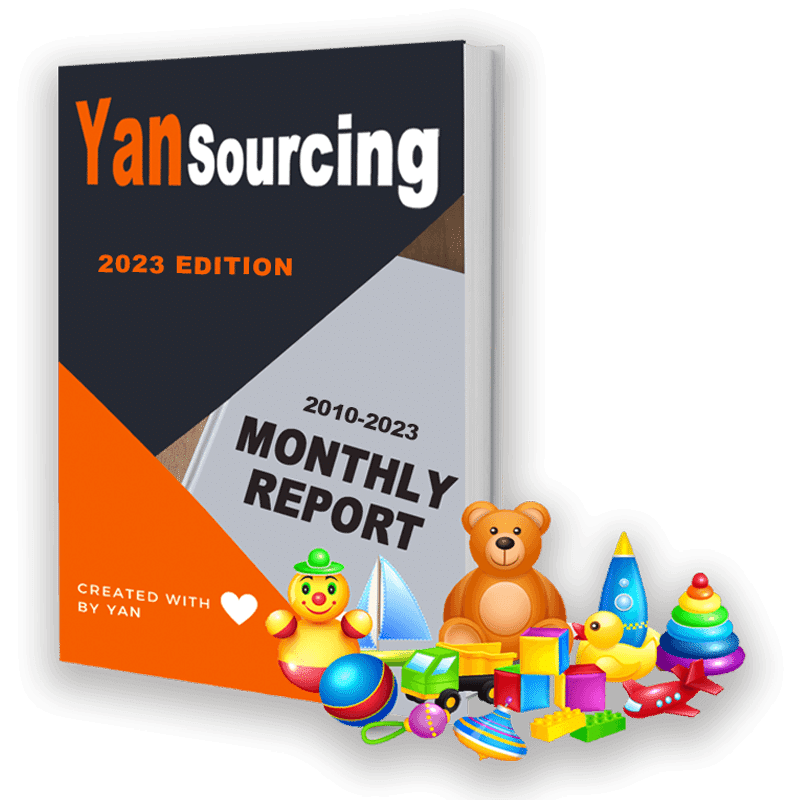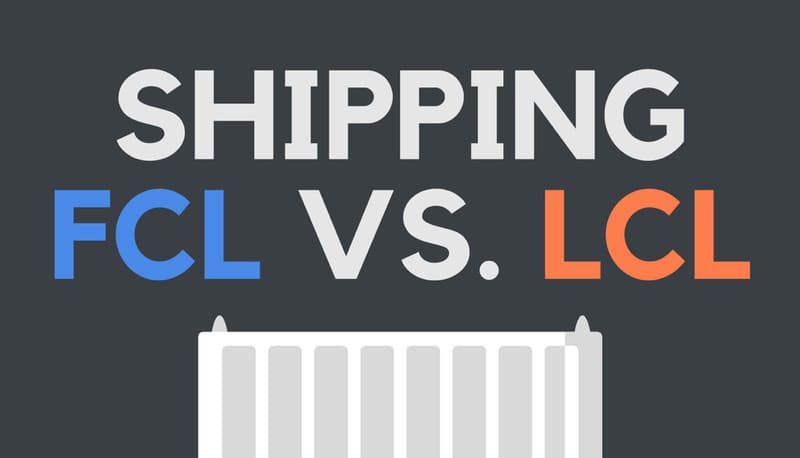
When you’re shipping goods, it’s important to choose the right process for your business. Today we’ll be comparing the two Methods: FCL (full container load) and LCL (less than container load).
What are LCL and FCL?
1) LCL – Less than Container Load
LCL stands for Less than Container Load.
It means that the freight forwarder collects different shippers’ goods in their consolidation warehouse, and then loads the goods to fill a full container.
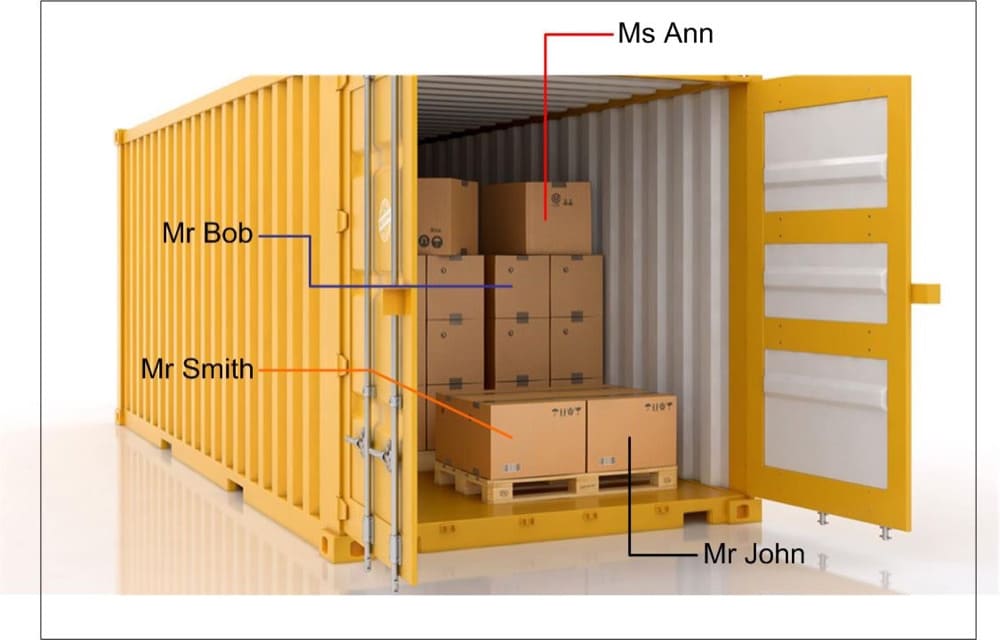
For this kind of cargo, the freight forwarder is responsible for loading and unloading operations, and the cost is still charged to the shipper.
2) FCL – Full Container Load
FCL stands for Full Container Load.
It means that one shipper’s cargo fills the full space of the container and does not need to be shared with other shippers.
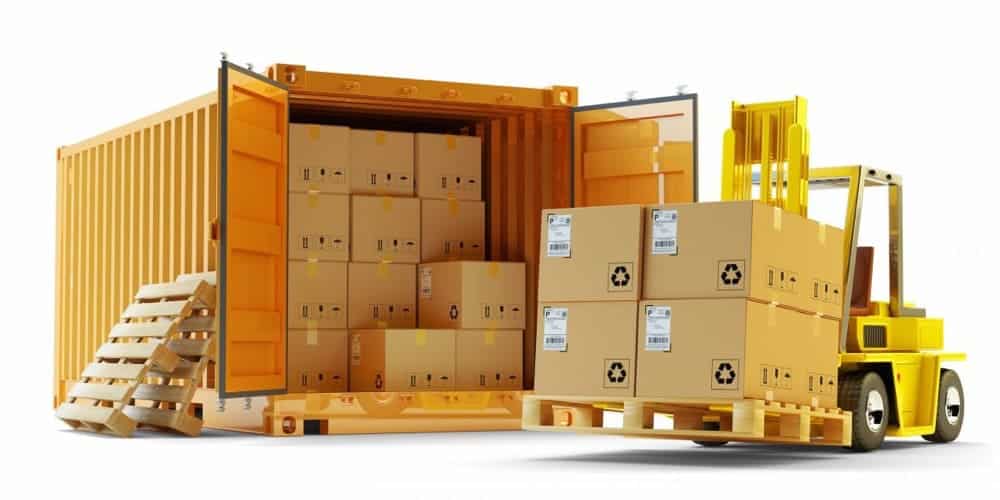
For this kind of cargo, the loading and unloading of a container are usually handled by the shipper. But also can be entrusted to the freight forwarder in their warehouse loading and unloading.
However, the freight forwarder is not responsible for the damage and difference of the goods.
What are the differences between FCL and LCL?
1) Billing method
LCL
LCL has only a basic freight rate, which is calculated by volume and weight in two ways.
a. Calculated by volume, X1 = unit basic freight (MTQ) × total volume
b. Calculated by weight, X2 = basic freight per unit (TNE) × total gross weight
Take the larger one of X1 and X2.
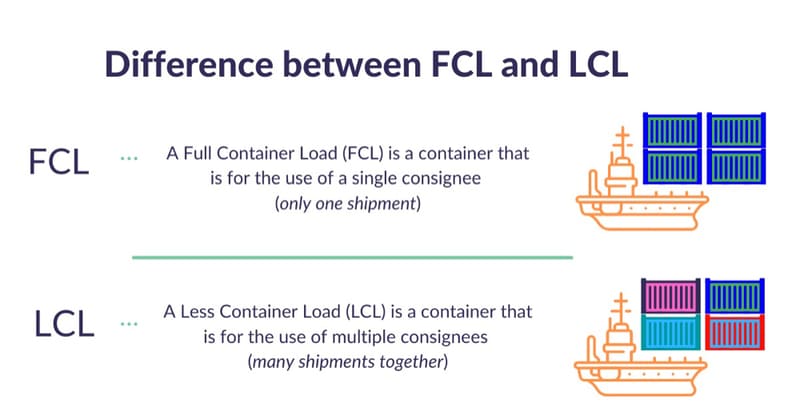
FCL
The shipping cost of a full container is divided into three parts, and the total cost = the sum of the three parts.
a, Basic freight = unit basic freight × number of full containers
b, Port surcharge = unit port surcharge × number of full containers
c, Fuel surcharge = unit fuel surcharge × number of full containers
2) Customs clearance procedures
FCL cargo is the smallest unit of customs inspection, sealing, and release.
A full container of goods, as long as the exporter and importer submit reasonable and legitimate documents, the customs will be cleared and released soon after collecting relevant taxes and fees.
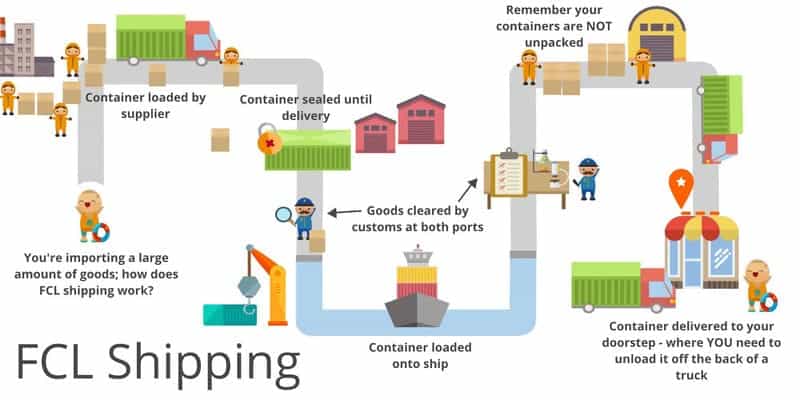
LCL cargo will not be so easy and fast. As long as one batch of goods in the container, the document errors, customs will not be released on the whole goods.
In the same container, any one of the goods does not clear customs, which is bound to affect the timely export and transport of other goods.
3) Extensive and flexible
LCL is far less extensive and flexible than the whole container cargo.
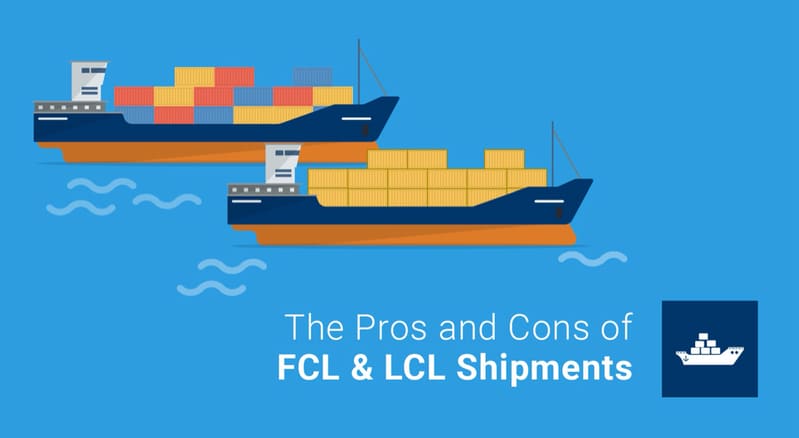
It requires the freight forwarder to reasonably collect some additional with the port of shipment, destination port, delivery date, cargo species, volume, weight, and other aspects of the conditions that are very suitable for the export of goods.
The purpose is to match into the same container.
4)Shipment location limited
In general, FCL can be shipped directly at the mainland ports, while LCL cargo is only suitable for delivery at developed coastal ports.
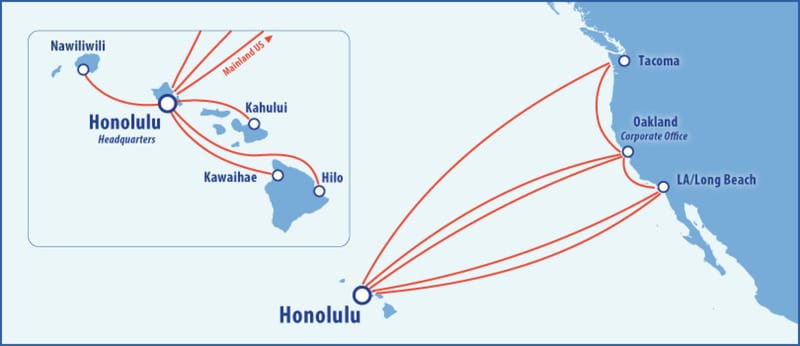
Because of the relatively small number of mainland sources and the relatively large number of coastal sources.
LCL vs FCL: Which one is right for you?
Overall, LCL shipping cost is more expensive than FCL.
But it doesn’t mean that the whole container should be better than LCL, it depends on your cargo.
If the goods are more than 18 square choose the whole container cost-effective, otherwise the LCL is more advantageous.
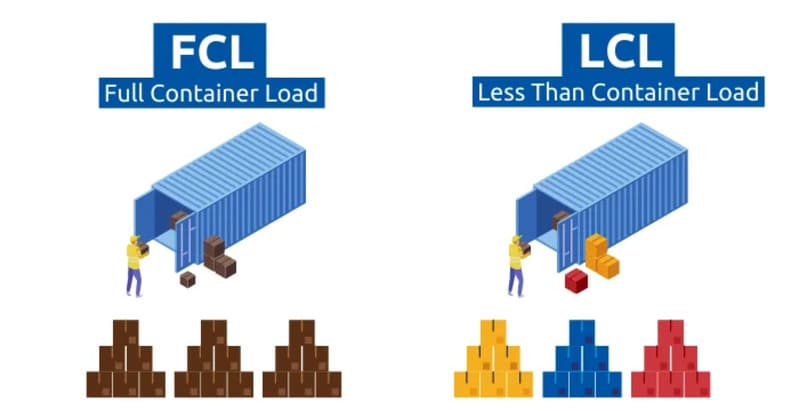
Of course, we should also consider the cost, but also consider the invisible risk, and then make a choice.
The above is the introduction of shipping Methods of LCL and full container, there is no saying which will be better, only to see whether it is suitable for their own.
So, we should compare more and then go to choose.


